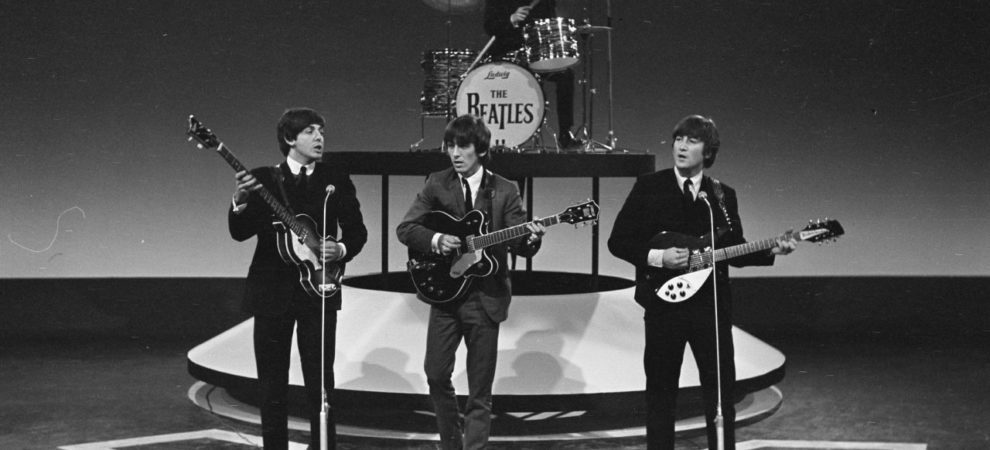
By Roger Lloyd, freelance marketing and communications writer —
Ok, everybody break off into groups!
Collaboration is the magic dance of creative communication and is an essential element of what we do. It builds successful relationships, adds weight and buy in to our work, and gives ownership of ideas to all parties involved.
When it works it can be a transcendent exercise, with results so good they are a mystery even to the participants. Synergy, despite its jargon-y scarlet letter, is a real thing. So is gestalt. I promised myself I wouldn’t invoke the Beatles, but sorry (not sorry), they are the perfect example of this. One genius is capable of a lot, but add two more and the product takes on new facets and layers that delight and astound.
How can your team harness this magic? Here are four things to keep in mind for a successful, harmonious collaboration, and you don’t have to be a genius to get great results.
1. What are we even doing?
The first thing a group needs is a common and clear goal. Whether it’s building a social media campaign with limited time and resources, planning a fundraising event, or building a brand platform, an effective group is all on the same page. This sounds simple enough, but it’s very easy to lose sight of the goal and / or inadequately define it at the start. A well laid-out, agreed-upon strategy is the polestar with which the team should be constantly aligning itself. What’s your favorite song on Sgt. Pepper’s? Mine is “A Day in the Life.” Wait. Where was I? Ah yes, sticking to the strategy. Let’s move on.
2. Ideas are fragile
They are born fast and they can die fast. Even amazing ideas need coaxing, watering, and lots of sunlight. Sometimes they need replanting. Letting even the most modest suggestion room to breathe for a few minutes can help strengthen the idea. Remember, ideas are not solutions. They are seeds.
3. The power of yes
It takes practice. “No” is easy and also safe; by saying no you get to avoid the risks that can come with a new approach. There’s a sort of Zen leaf-in-the-wind mindset that comes with letting “yes” be the default position. It doesn’t mean you should get sidetracked or lose focus and explore every avenue, but it can be helpful in discovering some good out-of-the-box solutions. This can be crucial in a nonprofit context, where innovative thinking might be the only path through a maze of restrictions dictated by budget, priorities, and time. “Yes” is the driver of creativity. And obviously, “Fixing a Hole” was about Paul’s desire to be creatively free from insecurities. Which brings us to…
4. Creative process vs. critical process
Every project has two big phases. The first, the creative phase, is the one we’ve covered. Ideas are flying, everyone is getting along, the strategy is in focus, it’s all very exciting. This is the phase powered by “yes”. The second phase is powered by “no”. But it isn’t negative, it’s incredibly important. Analyzing, editing, and revising are all part of the critical phase. If the creative phase is growing a huge bushy beard, the critical phase is trimming it and making it look nice. Both are good. But it’s very important to not to mix up the order or mistake one for the other.
Creative collaboration can be fun and gratifying, but also tricky. Just remember, if you end up in the weeds it’s not that hard to get back on the path by asking questions: What’s your strategy? How are you treating young ideas? Which phase are you in? And if you completely lose focus, it’s a good idea to join hands and sing “With a Little Help From My Friends” until you find it again.